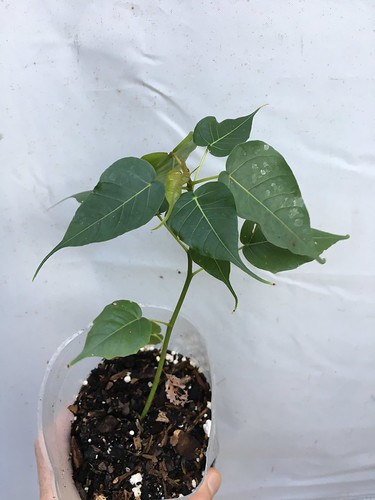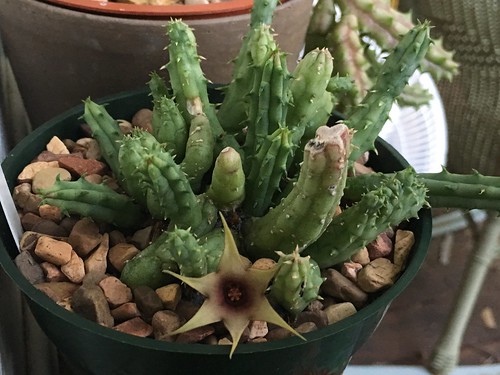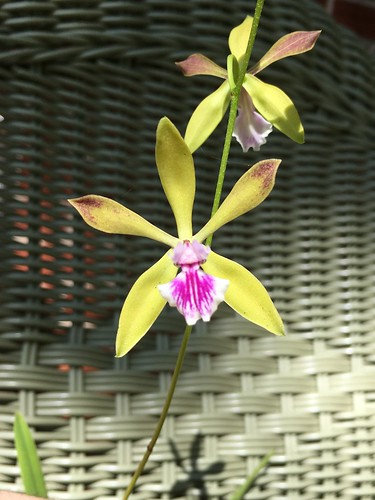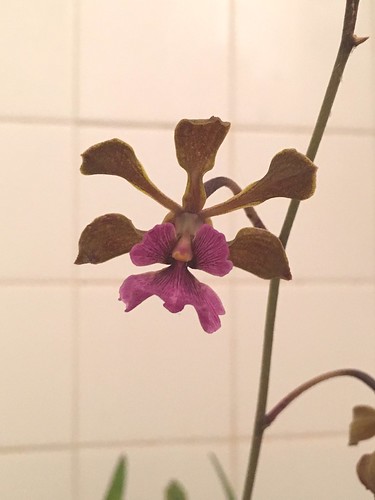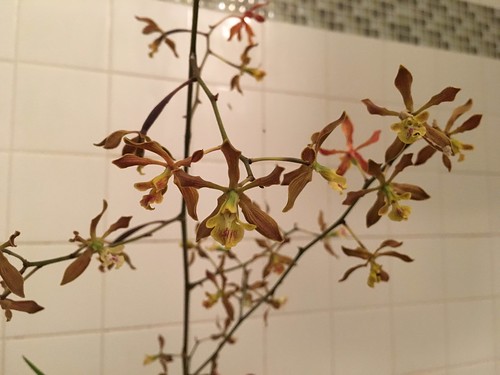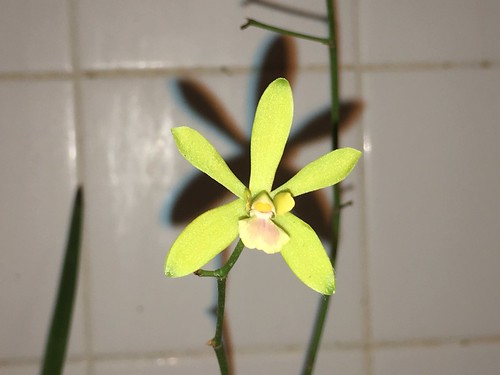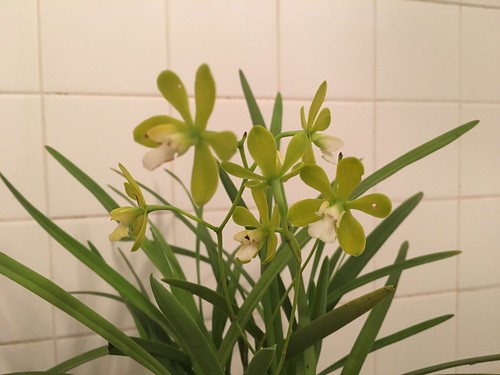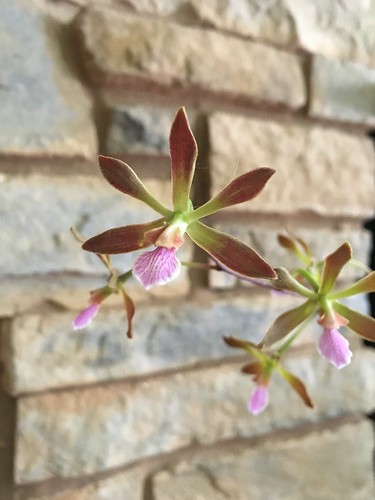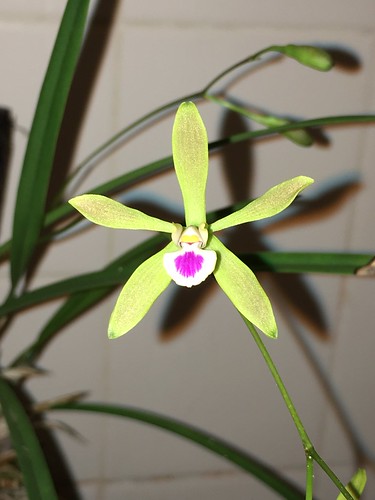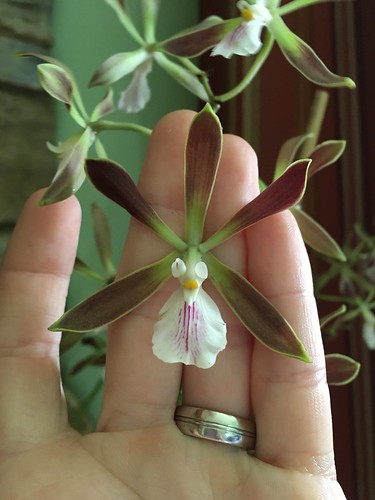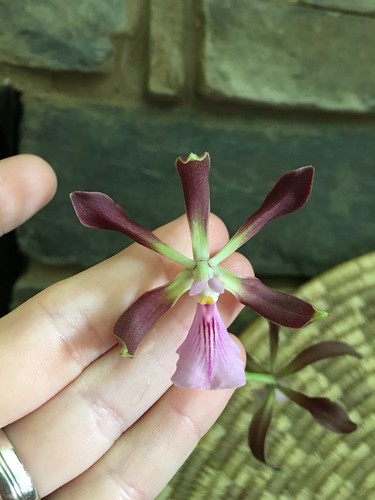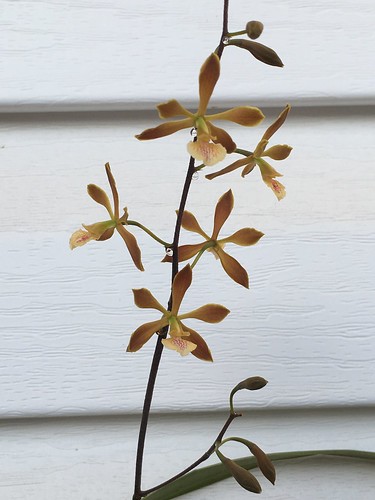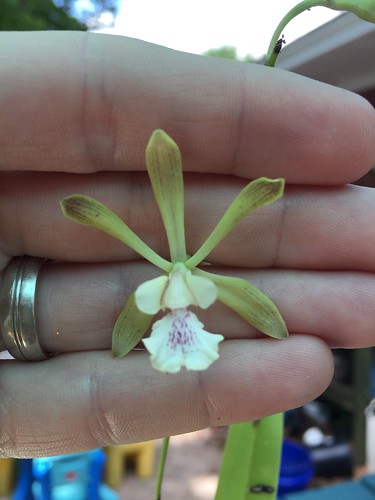I first became familiar with Plumbago (
Plumbago auriculata) several years ago when we were planning our Galveston garden. This is a pretty popular garden plant in that area. It grows into a pretty big bush with time and will be covered in pale periwinkle blue flowers during much of the year (in warm climates).
 |
| Plumbago auriculata |
We planted one in Galveston and it grew quite large - prior to the brutal winter, which killed it. We have since replaced that bush with a tiny starter, which I expect will take a year or two before it is dominating it's area of the flowerbed.
 |
| Plumbago auriculata |
This has become my wife's favorite plant. A couple of years ago we ran across a Plumbago in a nice black square pot at a nursery in Oklahoma and decided to get one for our house, even though it's not hardy. We keep the plant in my greenhouse overwinter and it usually looks pretty rough in the spring when we pull it back outside, but it grows pretty quickly and flowers vigorously in the summer. It is putting on quite the show right now. Soon I will have to prune it back and squeeze it into my greenhouse for the cold winter months.




